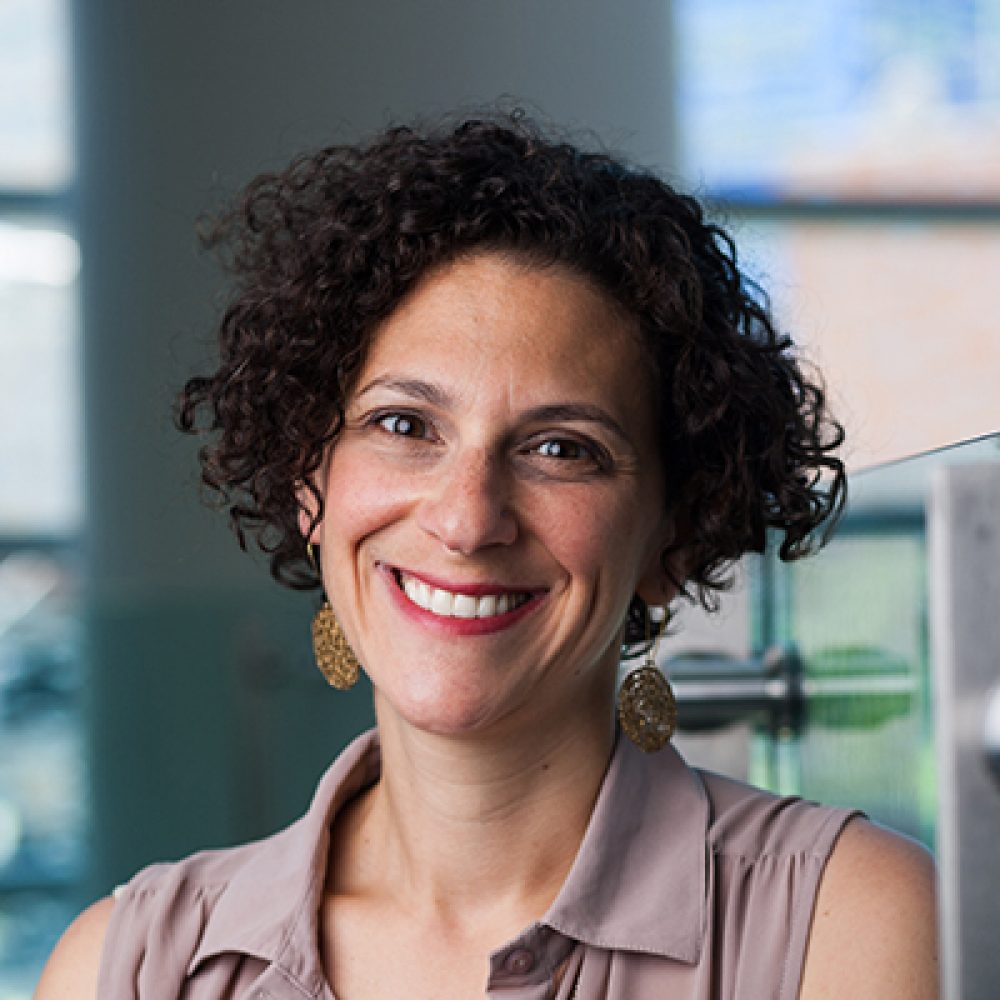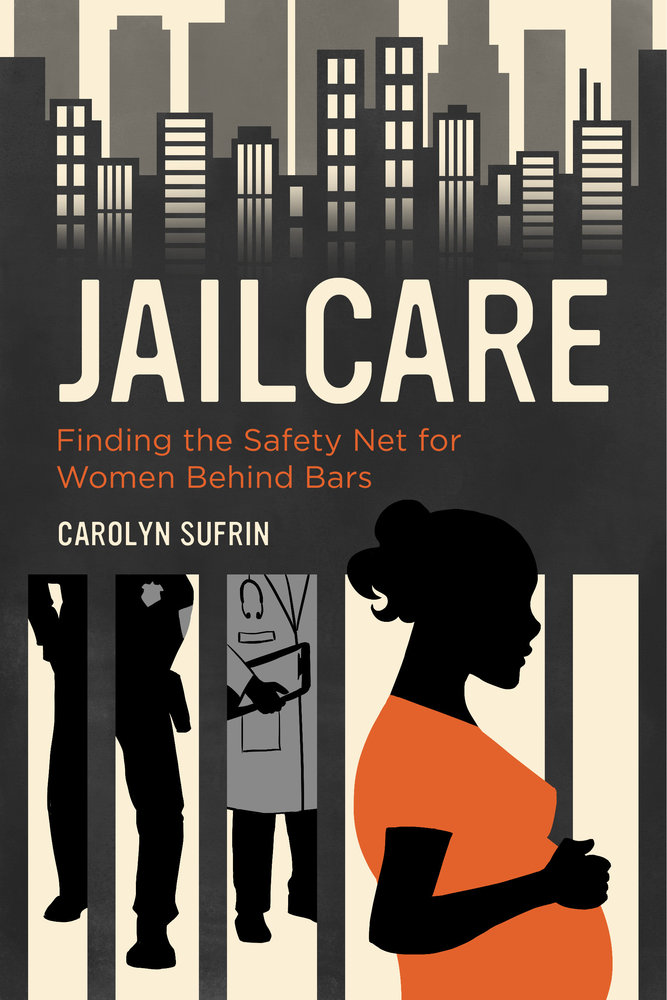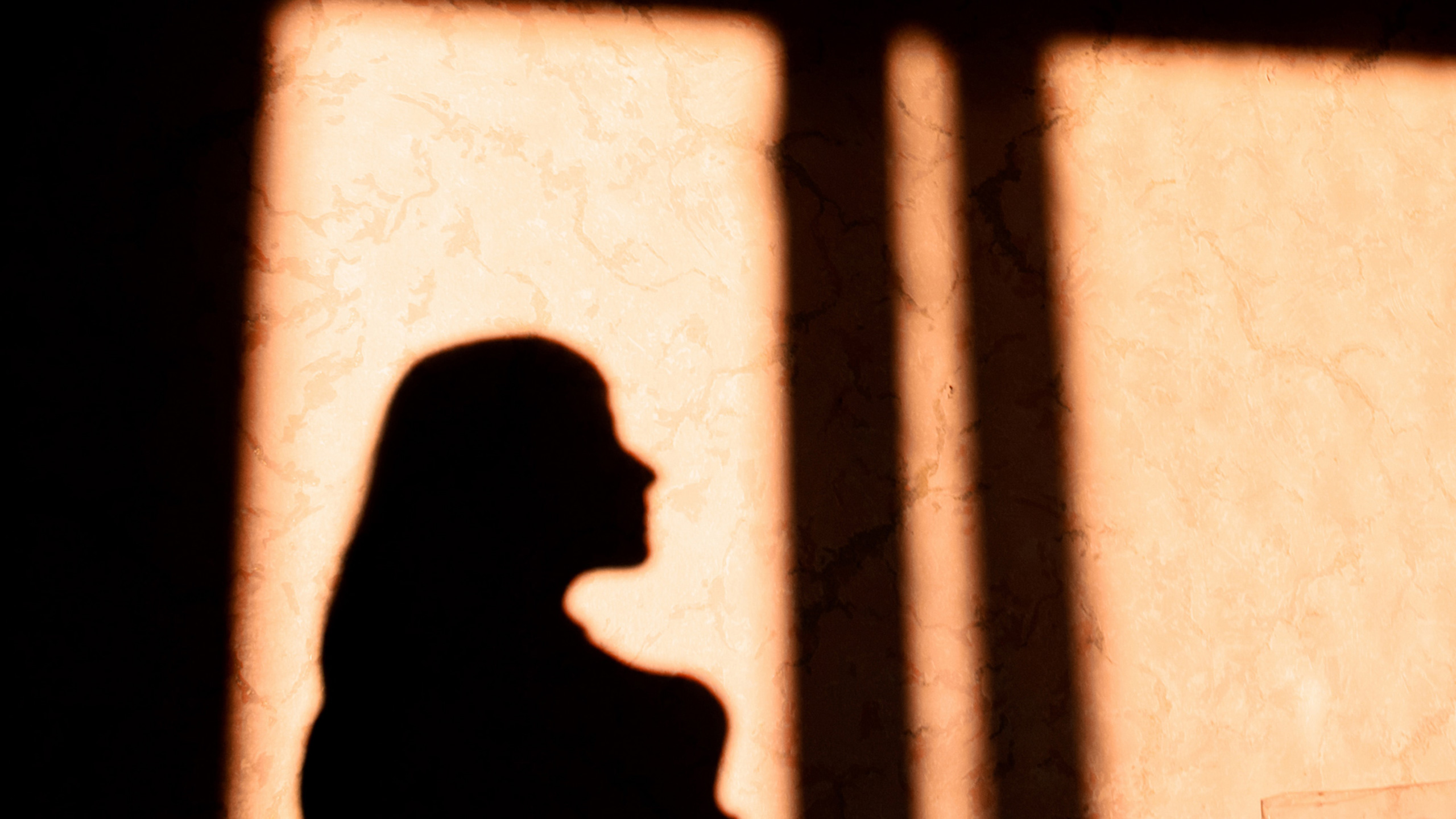What two words are the universal answer to practically any question dealing with the reproductive health of incarcerated women in the U.S.?
It depends.
- Can incarcerated people be shackled during labor? It depends.
- Can women breastfeed or pump after delivery? Will anyone see to it that their infant receives this milk? It depends.
- Are pregnant people in custody with opiate addiction given medical assistance to detox, or are they left to go cold turkey on their own? It depends.
- Can an incarcerated woman have access to an abortion? It depends.
- Are pregnant, birthing and postpartum people treated with dignity and humanity while behind bars? It depends.
- Do we even know how many pregnant, birthing or postpartum people are behind bars in the U.S.? Actually, that answer is a straightforward No.
Whether incarcerated pregnant people have adequate nutrition, access to obstetric care or even such necessities as maternity clothing depends on what state they’re in, whether they’re in a prison or jail (more on that distinction later), and sometimes simply on the whims of jail staff or local sheriffs and deputies.
According to the Prison Policy Initiative, the capriciousness of reproductive care for pregnant, birthing and postpartum pregnant people in custody comes to us via a patchwork of decentralized and overlapping criminal legal systems throughout the U.S. comprising thousands of federal, state, local and tribal systems that together incarcerate more than 2 million people. Around 173,000 of that number are women or girls, primarily people of color, mostly young, and most arrested for non-violent offenses. The U.S. has the highest number of incarcerated people in the world and is second only to Thailand in the number of women behind bars.
Until recently, the pregnancy status of these incarcerated women had not been updated for decades, making it impossible to say with any certainty how many pregnant people were behind bars, how they were being cared for and the outcomes of their pregnancies. The federal First Step Act of 2018 now requires the U.S. Bureau of Justice Statistics to collect data on pregnancy outcomes from federal prisons, but no such requirement is in place for state prisons and jails. Any data at all on the thousands of women in local jails is spotty to nonexistent.

In 2019, Dr. Carolyn Sufrin, a national expert and advocate for reproductive care for incarcerated women, and her multi-sector research team at Johns Hopkins University School of Medicine and School of Public Health published Pregnancy in Prison Statistics, a significant study that collected data from 2016 to 2017 from 22 state prison systems, the Federal Bureau of Prisons, six jails and three juvenile justice systems, representing 57 percent of females in prison and 5 percent of those in jail. The study found that at any given time, 3 to 4 percent of females were pregnant when they entered U.S. jails and prisons.
An obstetrician-gynecologist with a doctorate in medical anthropology, Sufrin ran a women’s health clinic for six years as an OB-GYN at the San Francisco County Jail before going to Johns Hopkins. She found that the hard data she needed to study maternal health, including pregnancies, miscarriages and abortions behind bars, didn’t exist. She launched the initiative that became the PIPS study, the first-ever systematic study of pregnancy outcomes for women behind bars in the U.S.
“Part of why we know so little is that, as a society, we’ve just ignored these women,” Sufrin says. “We either pretend they don’t exist, or else people believe it’s such a small number of women, ‘Who cares?’ But how do we know it’s a small number unless we study it?
“There’s a saying, ‘Whoever isn’t counted doesn’t count,’ so the lack of data signifies how little we care about pregnant people, especially those at the margins of society.”
As the PIPS project concluded, Sufrin founded the Advocacy and Research on Reproductive Wellness of Incarcerated People (ARRWIP), which continues to conduct research on reproductive health care issues among incarcerated women. She says she became committed to this specialty as a first-year OB-GYN resident in Pennsylvania when she delivered the baby of a woman from the local jail who was shackled to the hospital bed throughout labor and delivery. Until that moment, she writes in her excellent book, Jailcare: Finding the Safety Net for Women behind Bars, like most Americans, she had given little thought to the idea that there were pregnant people behind bars, nor the complicated reality of that fact.
Shackles and Health Care
If the idea of shackling a pregnant woman in active labor seems medieval—or cruel and unusual punishment at the very least—welcome to large swaths of the U.S. Despite well-established medical risks, as of July 2023, only 40 states, the District of Columbia and the federal government have banned restraints in labor and delivery; some have banned the practice at other points in the pregnancy and postpartum period. In Maternal and Child Health Journal, November 2022), authors Camille Kramer et al. report that pregnancy policies and services in prisons and jails vary widely, with little consistency in compliance with anti-shackling legislation even in states where it’s banned. Most facilities station an officer inside the hospital room during labor and delivery, and nearly a third don’t even require that it be a female-identifying officer.
Though state prison systems hold twice as many individuals as jails, the PIPS study reports that more women are held in jails than in state prisons, a statistic that carries profound consequences for these women and their families. The distinction between prison and jail is that prisons are long-term confinement facilities the federal or state government monitors, often by an entity the government contracts. People in prison typically have been convicted of a felony and sentenced to one or more years. Jails are short-term facilities managed by a local or county government. More than 60 percent of women held in local jails have not been convicted of a crime and are awaiting trial, often because they can’t afford bail. A whopping 80 percent of women incarcerated in the U.S. are mothers, and most are their children’s primary caretakers.
The 1976 Supreme Court ruling in Estelle v. Gamble established health care as a constitutionally protected right for incarcerated people, but it didn’t prescribe mandatory services, standardization or oversight, creating the present system of health care roulette for those behind bars. Providing care for incarcerated women presents multiple unique challenges for any institution; caring for pregnant women in custody significantly raises the stakes. Pregnancies are often unplanned and complicated by a lack of prenatal care, a woman’s neglected health before incarceration, maternal trauma, poor nutrition, substance abuse, mental illness, limited social support and low socioeconomic status—all in a correctional system designed for men.
Post-Dobbs Pregnancy Behind Bars
Before the Supreme Court’s ruling in Dobbs V. Jackson Women’s Health, access to abortion already varied widely from state to state and among prisons. After the Court removed the constitutional right to abortion, the choices for pregnant incarcerated women have become even more precarious. Sufrin’s research found that even in states where abortion was legal, some prisons and jails had either official or unofficial policies that prevented incarcerated women from accessing abortion.
Under Roe v. Wade protections, incarcerated pregnant individuals at least had a constitutional right to abortion just like everyone else in the U.S. Despite this guarantee, abortion was not accessible to many in custody. Post-Dobbs, things are likely to get worse for those who are pregnant behind bars.
“We don’t know yet the full impact of the Dobbs decision because it’s hard to study this population,” Sufrin says. “But abortion access for incarcerated individuals was already constrained. How much this is going to impact abortion access in restrictive states is still to be determined.
 “What I’m more concerned about is the ripple effect this is going to have on other aspects of pregnancy care in custody. We’ve already seen in abortion-restrictive states like Texas that non-incarcerated people brought to the hospital for obstetric emergencies like bleeding from a miscarriage or their water breaking early are being turned away from care where an abortion procedure would save their lives. They’re turned away because of how the law is written or because physicians fear what might happen if they misinterpret it. Women are basically being told to come back when they’re at death’s door.
“What I’m more concerned about is the ripple effect this is going to have on other aspects of pregnancy care in custody. We’ve already seen in abortion-restrictive states like Texas that non-incarcerated people brought to the hospital for obstetric emergencies like bleeding from a miscarriage or their water breaking early are being turned away from care where an abortion procedure would save their lives. They’re turned away because of how the law is written or because physicians fear what might happen if they misinterpret it. Women are basically being told to come back when they’re at death’s door.
“I’m concerned about the impact on incarcerated pregnant people with complications because they will be sent back to prison, which is ill-equipped to handle obstetrical emergencies. We’re likely going to see more pregnant individuals overall in the United States who are going to be sicker, and that may also be true in custody.
“None of this has been studied, so these are just hypotheses.”
When Jail Means Safety
Though it may not be intuitive, Sufrin says the “thorny reality” is that jail can improve outcomes for incarcerated pregnant people and their infants and can increase their chances for successful reintegration into the community. Jail is the new safety net, she writes in Jailcare. Women in jail represent one of the most marginalized and vulnerable groups in society. Indigent, addicted mothers too often can only access prenatal care behind bars. Though not all jails provide an environment that supports these women, those that do offer medical and prenatal care, treatment programs, improved nutrition and the relative stability that they’ve lacked can provide a safer, healthier alternative to the lives these women experienced on the outside.
Make no mistake, Sufrin says. Jail is still a place of punishment. The fact that it’s better behind bars for some people than being in the community isn’t so much an endorsement of jail as it is an indictment of our abandoned and ineffective social systems that have broken down and utterly failed these people relegated to society’s sidelines.
“That the system of incarceration has become an integral part of the country’s social and medical safety net is peculiar to the U.S.,” she writes, “and represents one of its greatest tragedies, the whittling away of public services for the poor coupled with an escalation in the number of jails and prisons with custody of that same population.”
“It’s still jail,” she says.
RESOURCES
Advocacy and Research on Reproductive Wellness of Incarcerated People (ARRWIP) Dr. Carolyn Sufrin founded ARRWIP in 2017 to conduct research that addresses reproductive health care issues for people experiencing incarceration. Various foundations and the National Institutes of Health fund ARRWIP’s research. The website provides a deep resource of references, factsheets and graphics for all aspects of reproductive wellness for incarcerated women and girls, including a routinely updated map of states that ban shackling and restraint of pregnant imprisoned people.
Pregnancy in Prison Statistics This groundbreaking ARRWIP series of studies is the first to provide systematic data on how many pregnant people are behind bars in the U.S. and the outcomes of those pregnancies. Though there is much more to be learned, the project is an excellent starting point for understanding what we know and don’t yet know about pregnancy in prison.
Jailcare: Finding the Safety Net for Women behind Bars, by Carolyn Sufrin, explores the experiences of pregnant people who cycle in and out of jails during their pregnancies and the opportunity possible for care as well as punishment behind bars—University of California Press, 2017.
Prison Policy Initiative is a nonprofit, non-partisan project that produces research, advocacy, organization and cutting-edge research to document the harms of mass incarceration to all of U.S. society. The PPI’s state profiles provide a graphic snapshot of incarceration state by state.

K.C. Compton
K.C. Compton worked as a reporter, editor and columnist for newspapers throughout the Rocky Mountain region for 20 years before moving to the Kansas City area as an editor for Mother Earth News. She has been in Seattle since 2016, enjoying life as a freelance and contract writer and editor.



